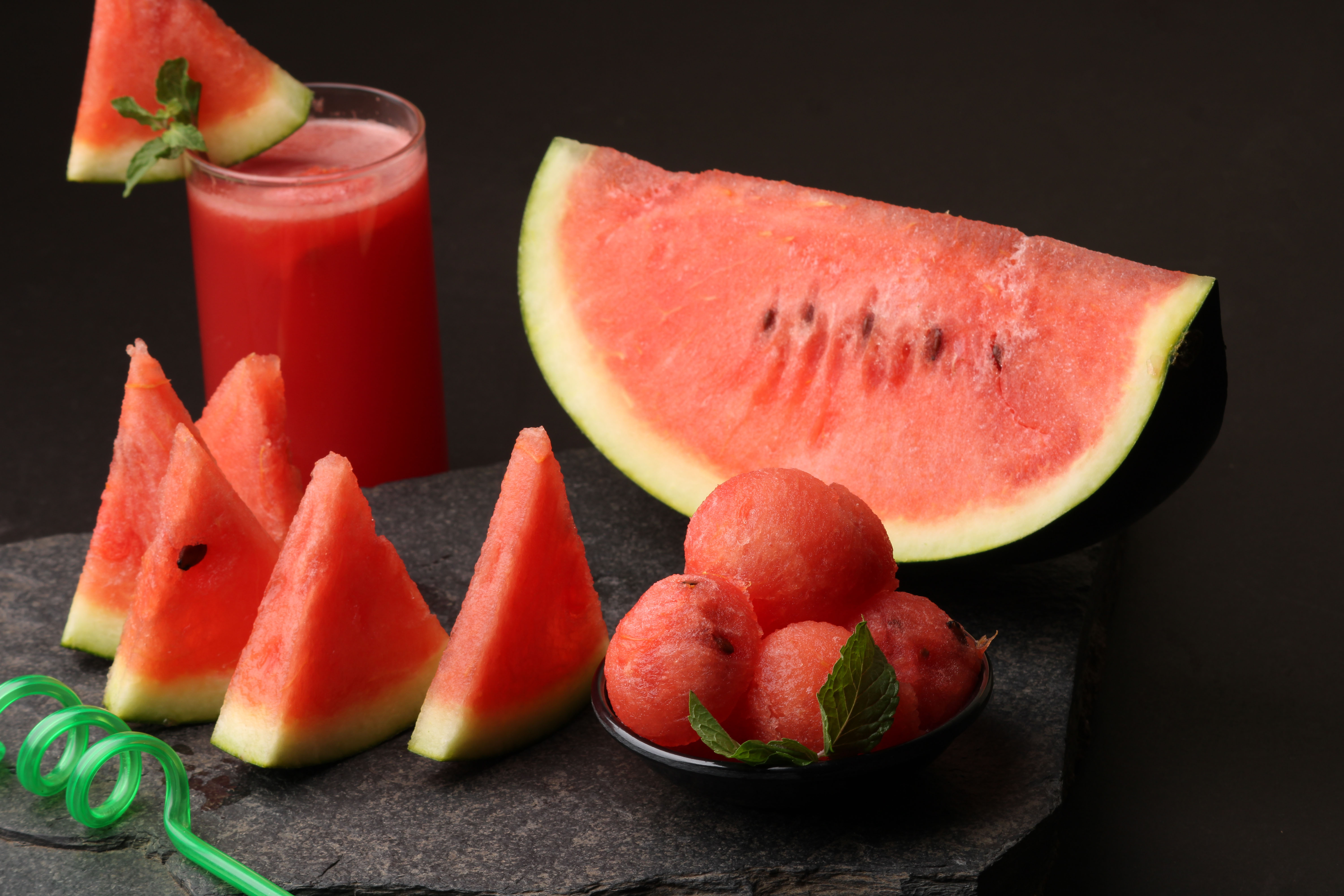We Turn to Frozen Watermelon—Hydration Sans Fuss in Peak New York Heat

As heat rises and wallets tighten in New York, the humble watermelon emerges as both a nutritional balm and a cultural staple, reminding residents that summer resilience can be sliced and served with simplicity.
It takes three ingredients, a blender, and a sweltering afternoon for a trend to be born in New York City. This summer, social media timelines—and family tables—alike have been overtaken by vibrant watermelon sorbets, frosty licuados, and glasses rimmed with chamoy and Tajín. Recipes, credited to the likes of nutritionist Marcia Libertad García Gámez and virally propelled by platforms from El Diario NY to Instagram’s @viricookss, have married the city’s Latin culinary influences with an urge to keep cool, hydrated and frugal.
Watermelon, comprising a prodigious 92% water, is nearly purpose-built for combating urban heat. Market stalls from Corona to the Bronx brim with the pale-green globes, often sold at cut-rate prices during peak season (averaging around $0.60 per pound in June). Armed with this ingredient, inventive New Yorkers are blending frozen cubes with lime or drizzling with condensed milk, yielding crowd-pleasers that require minimal time, skill, or discretionary dollars.
Beyond their ease, these concoctions address a clear physiological need: hydration. For a city where nearly 650,000 homes lack air conditioning, a passing heatwave can turn apartments into sweatboxes and stretch Con Edison’s grid. Here, watermelon-based slushes do double duty: soothing palates and replenishing potassium, magnesium, and folate lost to perspiration, offering a buffer against cramps and mid-afternoon fatigue.
Chilled sorbets—and their shareable, photogenic cousins—are also a pragmatic counterpoint to the city’s more calorific summer sweets (think Mister Softee’s swirl cones at 250 calories per serving). By requiring only fruit, water, and a splash of lime or honey, they minimize sugar and carbohydrate loads—no small boon for a city with surging rates of obesity and diabetes, especially among Hispanic and Black New Yorkers.
Nor is the impact merely metabolic. Gathering around a blender, or improvising toppings such as low-sodium Tajín or sugar-free chamoy, nudges families towards home cooking and communal routines. The do-it-yourself watermelon fad provides an antidote to takeout culture and, for immigrant families, a ready-made portal to the flavours of home.
There are economic effects too. Unlike $8 “wellness” smoothies and bodega sports drinks (which can be laced with as much as 50g of sugar per bottle), these watermelon concoctions stretch produce budgets while sidestepping the city’s recurring beverage taxes. With data indicating rising food insecurity in several boroughs—Food Bank for New York City recently calculated that one in four children is at risk of hunger—simple, nutritious recipes take on heightened significance.
The city’s public health apparatus has taken notice. The Department of Health and Mental Hygiene, after championing “Health Bucks” for produce at farmers’ markets, has started quietly distributing watermelon-centric recipes as part of its summertime outreach, hoping to steer families away from sugary sodas during peak heat waves. Several agencies now promote fruit-forward hydration as a cost-effective, culturally resonant response to both climate and chronic disease.
A seasonal symbol, and a harbinger of adaptation
Notably, New Yorkers are hardly alone in their watermelon enthusiasm. Across Southern Europe and much of Asia—where heat and drought have grown more relentless—households reach for similar fruit-based beverages: Spain’s sandía granizada, Thailand’s tangmo pan. What distinguishes New York is less the recipe than the city’s talent for weaving disparate traditions into something both familiar and quietly novel. Whether through the infusion of chamoy or the pragmatic use of frozen fruit in lieu of ice, the watermelon’s appeal broadens with each iteration.
Recent climate projections suggest such improvisation will only become more necessary. The National Weather Service forecasts a 50% rise in triple-digit-heat days for New York by mid-century, while grid vulnerabilities—remember 2019’s blackouts—continue to haunt city planners. Low-tech, high-impact cooling strategies, from home sorbets to block-long hydrant sprays, may prove more than frivolous.
That said, we would caution against watermelon’s canonisation as either panacea or economic saviour. Hydration alone does not erase the daunting public health divides the city faces, nor do fruit-forward fads substitute for systemic reforms in food access. Nor, for that matter, can three-ingredient recipes paper over the banal realities of food deserts in swathes of Brooklyn or Queens, or the fact that a watermelon’s journey from field to city table is shaped by inflation and precarious supply chains.
Yet, in our view, this modest culinary moment deserves a wry commendation. New Yorkers, battered by humidity and rising costs, are seizing watermelon as a tool for pleasure and pragmatism alike. In the bargain, they are shaping the city’s food culture not through grand gestures, but through daily adaptations—often as simple as a frozen chunk of fruit, a squeeze of lime, and a willingness to improvise.
From a policy perspective, the lesson is straightforward. Let residents meet environmental and nutritional challenges with tools that are cheap, communal, and rooted in culinary memory. A city that can blend watermelon into resilience is unlikely to wilt under even the stickiest urban summer.
In the end, perhaps New Yorkers have found, in their fruit bowls and freezers, a formula for enduring both climate and crisis—one cold, vivid slush at a time. ■
Based on reporting from El Diario NY; additional analysis and context by Borough Brief.